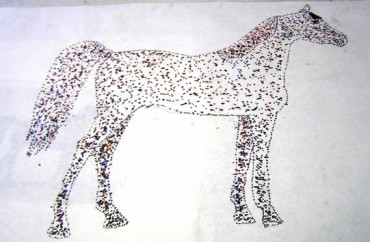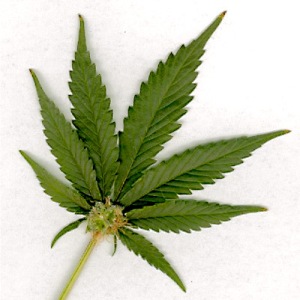
Imagine sitting in your treehouse peering out over a local ranch. The sun is shining, the breeze is blowing and children are expressing themselves in a very positive way below you. The smell of fresh cut grass and hay wafts thru your open window and the sounds of happy kids surrounds you…this is Lithia Camp
By JOHN CEBALLOS | South Shore News & Tribune
Published: July 15, 2011
» 0 Comments | Post a Comment
LITHIA —
A little horse riding in the morning followed by some drawing and painting in the afternoon.
That’s the idea behind the week-long Art on the Farm summer camps at Chaps Acres.
Jonnie Chapman — co-owner and operator of Chaps Acres along with Nick, her husband of 26 years — has conducted summer horse riding camps for 15 years. She got the idea to officially combine her love of horses with her affinity for art three years ago.
“Even before we started Art on the Farm it would get so hot during the day that I’d have the kids come in and sculpt or draw in the afternoon,” said Chapman, who has a bachelor’s degree in art from the University of Alabama at Birmingham.
Chaps Acres has been a part of Lithia for more than 25 years. Twenty-two of those years were spent at the farm’s previous location on Dorman Road. The Chapmans have spent the last four years at their current, 15-acre location, where Jonnie offers riding lessons and boarding for horses throughout the year.
“My father-in-law owns the surrounding 35 acres, so at the end of every camp the kids get to go riding across the 50 acres,” Chapman said. “By that time, they’re pretty comfortable with their horses.”
Last year, Chapman decided to team up with Dustin Goolsby for the art portion of the camps. The two met through the Valrico Church of Christ. Goolsby has been a professional artist for 10 years and is in his fourth year of teaching art at the Florida College Academy in Temple Terrace.
“When they’re little, most students get glitter or feathers in their art classes,” Goolsby said. “By the time they get to middle school, they don’t have basic art skills and they get easily discouraged.”
Goolsby said having his students express their artistic sides can be beneficial to other aspects of their lives.
“My approach is to teach confidence and stick-to-it-ness through art,” he said. “Even if they don’t go on to become artists, these are skills they can use.”
Each of the camps has a theme, and this year’s include World Travelers, Cowboys and Indians and Simply Medieval.
Chapman said kids age 7 to 17 are welcome, but she prefers to keep each camp to about four or five students.
“I’ve seen people who take on 10 or 12 students, but then you see a bunch of kids just standing in line and waiting on their horses,” she said. “I like to devote as much of my attention to each camper as I can.”
Though her summer camps will soon wrap up, Chapman plans on continuing to express her artistic side.
“My kids are either out of the house or about to leave or get married,” Chapman said. “This is as good a time as any to get back into it.”
jceballos@tampatrib.com
 Who hasn’t fantasized about living in a treehouse? Whether you are a child who wants to rule his backyard from a crows nest in the trees or an adult who seeks solace away from their everyday life of working, treehouses offer “the stuff dreams are made of”. Most treehouses can be built by a handy man or a dad who is handy with tools. But some treehouses are unique, imaginative and special. Some structures are built on trees or hung from trees and some unusual tree houses are grown from trees or even built right into a tree.
Who hasn’t fantasized about living in a treehouse? Whether you are a child who wants to rule his backyard from a crows nest in the trees or an adult who seeks solace away from their everyday life of working, treehouses offer “the stuff dreams are made of”. Most treehouses can be built by a handy man or a dad who is handy with tools. But some treehouses are unique, imaginative and special. Some structures are built on trees or hung from trees and some unusual tree houses are grown from trees or even built right into a tree. 




 .
.